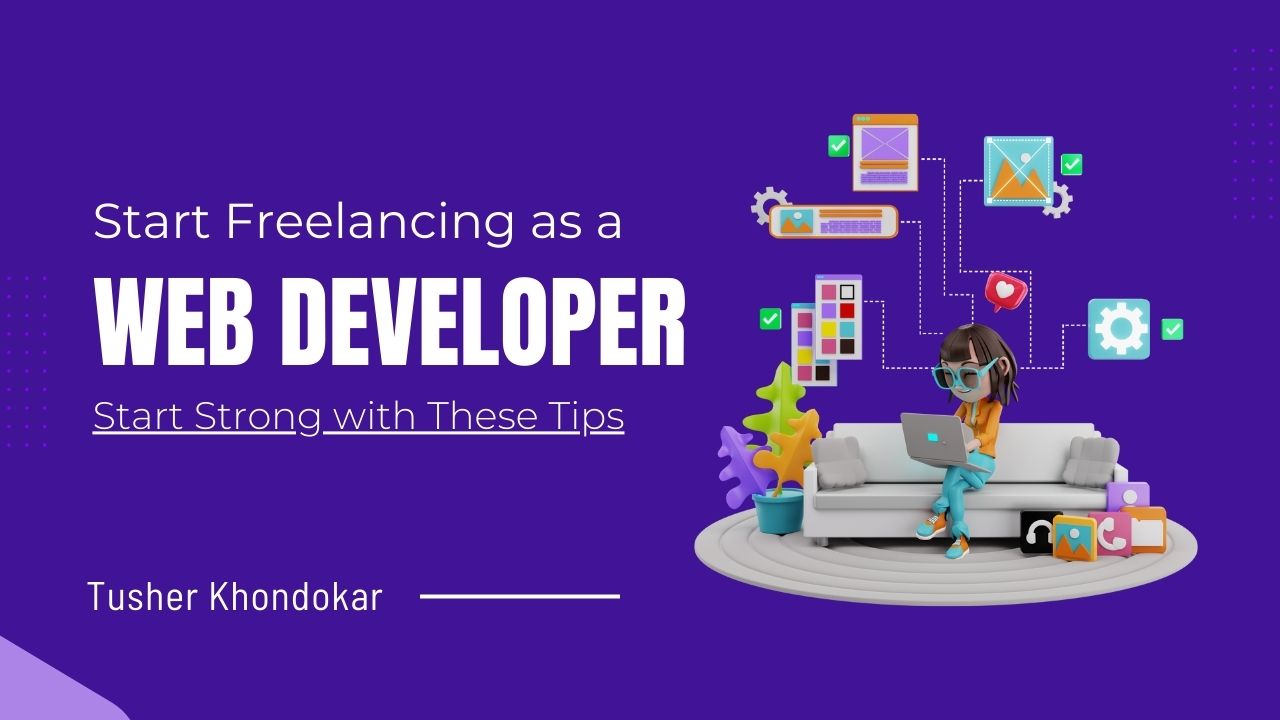No-code development platforms have gained popularity as an easy way to create websites without writing a single line of code. However, while they seem convenient, they come with significant limitations. Traditional coding, on the other hand, provides full control, scalability, and customization, making it the superior choice for serious web development. In this article, we compare both approaches, revealing why traditional coding ultimately prevails over no-code platforms.
The Pros and Cons of No-Code Web Development Platforms
1. Speed vs. Long-Term Reliability
No-code platforms are praised for their speed. They allow users to build a website quickly using drag-and-drop interfaces. However, this speed often comes at the cost of long-term reliability. Websites built with no-code platforms tend to suffer from performance issues, lack of optimization, and dependency on the provider.
Example: Webflow (https://webflow.com) enables rapid development, but sites often face performance bottlenecks when scaled.
2. Cost vs. Hidden Expenses
No-code platforms claim to be cost-effective, but their pricing models can be deceptive. While they reduce upfront development costs, they often charge high monthly fees, transaction fees, and costs for additional integrations. In contrast, traditional coding requires an initial investment but proves more cost-efficient in the long run.
Example: Wix (https://www.wix.com) appears affordable at first, but hidden costs for premium features and integrations add up over time.
3. Accessibility vs. Limited Control
No-code tools empower non-technical users, but this accessibility comes at a cost—limited control. Custom functionalities, integrations, and design adjustments are often restricted. Traditional coding, on the other hand, allows developers to craft bespoke solutions tailored to exact business needs.
Example: Bubble (https://bubble.io) offers ease of use but imposes severe limitations on advanced functionalities.
4. Prototyping vs. Full-Scale Development
No-code platforms are excellent for prototyping and MVPs, but they rarely hold up when transitioning to full-scale applications. Many businesses eventually face migration challenges when outgrowing the capabilities of no-code tools, forcing costly redevelopment in traditional coding frameworks.
Example: Adalo (https://www.adalo.com) is great for prototyping but struggles when handling complex applications.
5. Integrations vs. Platform Lock-in
While no-code platforms offer third-party integrations, they often lock users into their ecosystem. This means businesses have limited freedom to switch hosting, modify databases, or extend functionalities without encountering roadblocks. Traditional coding ensures full ownership and flexibility.
Example: Shopify (https://www.shopify.com) integrates well with third-party tools but restricts users from modifying the platform’s core functionalities.
6. Security Risks vs. Full Data Ownership
No-code platforms control security updates, which sounds beneficial but actually means users have little say in how their data is protected. Businesses handling sensitive information should opt for traditional coding, where security configurations can be tailored to meet specific compliance standards.
Example: Webflow (https://webflow.com) provides managed security, but advanced protection measures require developer intervention.
7. Scalability vs. Long-Term Viability
Scaling a business requires a website that can handle increasing traffic and complexity. No-code platforms often struggle with scalability due to limited backend access, capped resources, and rigid frameworks. Traditional coding ensures long-term viability by allowing complete optimization and performance tuning.
Example: WordPress (https://wordpress.org) is a traditional coding platform that provides limitless customization, scalability, and ownership over hosting and databases.
No-Code vs. Traditional Coding: A Clear Winner
- Choose No-Code If:
- You need a simple website with minimal functionality.
- You’re working on a short-term project or prototype.
- You don’t require advanced customization or scalability.
- Choose Traditional Coding If:
- You need a professional, scalable, and optimized website.
- You require full control over design, functionality, and security.
- You want to build a long-term digital asset without restrictions.
Conclusion
While no-code platforms offer a quick and accessible way to build websites, they come with many drawbacks, including limited control, hidden costs, security risks, and scalability issues. Traditional coding remains the superior choice for businesses serious about their online presence. By investing in custom development, companies can ensure their websites are secure, optimized, and built for long-term success.
If you’re considering no-code development but foresee growth and scalability, opting for traditional coding from the start will save time, money, and effort in the long run. Platforms like Webflow and Wix may work for beginners, but businesses aiming for sustainable digital growth should choose custom-coded solutions instead.

























No comment yet, add your voice below!